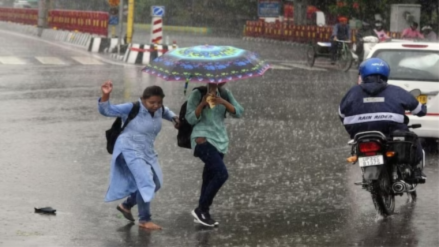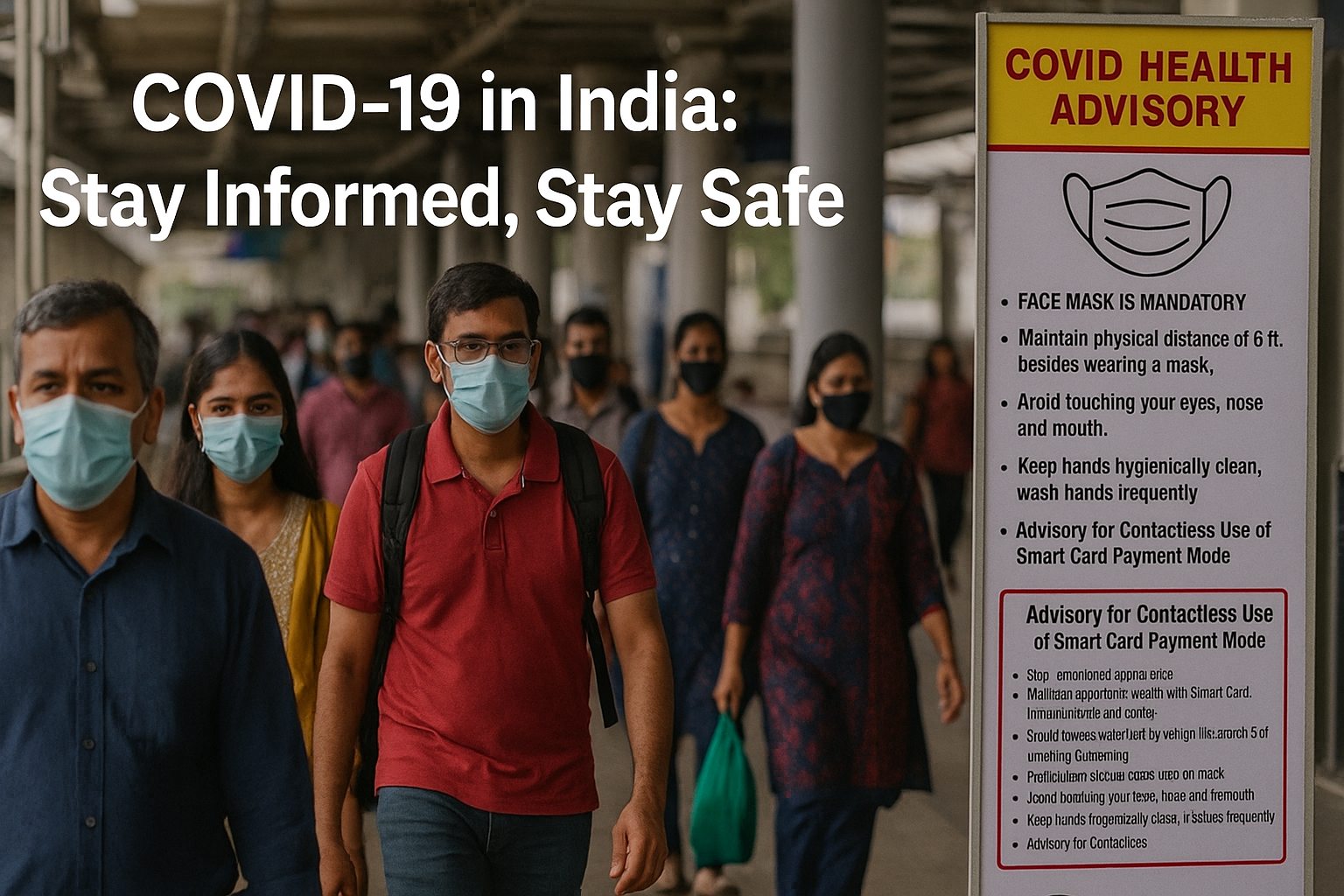The India Meteorological Department (IMD) has issued a severe thunderstorm and lightning warning for eight Indian states, alerting the public to expect intense weather activity in the next 48 to 72 hours. The advisory covers forecasts of heavy rain, gusty winds, hailstorms, and frequent lightning, causing concern for public safety and interference in daily life.
The IMD’s most recent bulletin published on Saturday issued the warning for Uttar Pradesh, Bihar, Jharkhand, West Bengal, Odisha, Chhattisgarh, Madhya Pradesh, and Maharashtra. All of these areas are likely to receive moderate to heavy thunderstorms, with winds up to 60 km/h in certain spots.
What to Expect
The IMD has placed the warning in the “orange alert” category, which means that residents in the concerned areas must prepare for inclement weather. A “red alert” has also been sounded in certain areas for Sunday and Monday, depending upon the intensity of the forecast.
The department has particularly warned against:
Extremely heavy lightning activity, particularly during the afternoon and evening
Heavy to very heavy rain in scattered pockets
Hailstorms over eastern Madhya Pradesh, Vidarbha (Maharashtra), and certain areas of Chhattisgarh
Downed trees, broken power cables, and superficial damage to properties caused by strong winds
Citizens have been instructed to remain indoors, stay away from open fields, and seek shelter in case of lightning. Farmers too have been warned to postpone harvesting and fieldwork, especially where hailstorms are anticipated.
Causes Behind the Disturbance
The weather office credits this active system to the interaction of a cyclonic circulation over central India, an eastward-moving western disturbance, and moisture-laden winds from the Bay of Bengal and Arabian Sea.
“These systems are interacting and causing unstable atmospheric conditions, that’s why we’re witnessing extensive thunderstorm activity over central and eastern India,” said Dr. Soma Sen Roy, senior scientist at IMD.
She said the seasonally changing pattern—transiting from summer to pre-monsoon—usually has violent weather transitions, such as lightning storms and brief but strong rainfall.
Impact on Daily Life
Already, power outages, fallen trees, and rail and road transport disruptions were reported in some districts of Bihar and Uttar Pradesh due to pre-monsoon storms late Friday evening. Visibility plummeted in some areas of Ranchi and Patna during heavy rain, and officials were spotted clearing clogged roads.
The National Disaster Management Authority (NDMA) has urged state governments to activate local disaster response teams and emergency services. “We’re coordinating with state authorities to ensure rapid response in case of any casualty or infrastructure damage,” the NDMA said in a statement.
Several schools in Jharkhand and Odisha have been advised to remain closed on Monday as a precautionary measure.
Lightning: A Growing Threat
India has recorded a significant increase in lightning fatalities over the past few years. Lightning is responsible for close to 35% of all weather-related deaths in the country, according to NDMA statistics. The IMD’s Damini app, which offers real-time lightning warnings, has been suggested for public use, particularly in rural regions.
“Everyone underestimates the threat posed by lightning,” opined Dr. Roy. “You needn’t get struck directly—a close strike can inflict grievous hurt or death. One has to be cautious and take cover at once.”
What You Should Do
The IMD has laid down these guidelines for people in affected regions:
Remain indoors and stay away from open grounds, tall trees, and bodies of water
Unplug all electrical appliances when it storms
Do not use mobile phones outside
Delay travel plans if feasible
Keep track of IMD, NDMA, and state government updates
Looking Ahead
IMD predicts that the thunderstorm activity will gradually decrease in mid-week, but sporadic storms will continue in eastern and northeastern India. Monsoon updates too will follow later in the month, as the southwest monsoon usually starts progressing from Kerala early in June.
Meanwhile, the IMD advises citizens to remain vigilant, obey weather advisories, and take safety as the top priority during this season of increased weather activity.






